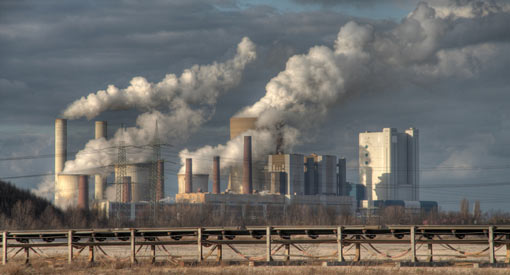Researchers warned that high humidity will magnify the effects of rising heat from South America to India, affecting people’s ability to work and even survive, unless greenhouse gas (GHG) emissions are substantially cut in coming decades.

According to U.S. researchers, heat remains underestimated as a threat by governments, aid agencies and individuals, and muggy heat is even more oppressive than the “dry” kind, because it stops people from sweating which takes away excess heat.
A study from the Earth Institute at Columbia University found areas along the coast and others that experience humid-weather patterns will be most affected by higher temperatures unless governments curb greenhouse gas emissions that can raise temperatures and put in place measures to tackle the heat.
The areas likely to be affected include the Amazon, southeastern United States, western and central Africa, parts of the Middle East, northern India and eastern China.
Current and projected “wet bulb” temperatures, which reflect the combined effects of heat and humidity, found that by the 2070s, high wet-bulb readings that now occur maybe once a year could prevail 100 to 250 days of the year in some parts.
“The conditions we’re talking about basically never occur now, people in most places have never experienced them,” said lead author Ethan Coffel at Columbia’s Lamont-Doherty Earth Observatory.
“Failure to adopt both mitigation and adaptation measures is likely to result in suffering, economic damage, and increased heat-related mortality.”
Rising temperatures may make low-latitude developing nations in the Asian subcontinent, the Middle East, Africa and South America practically uninhabitable during the summer months, another report earlier this year noted.
With muggy heat, the air is already heavy with moisture, so sweat stops evaporating, halting a process to cool the body.
If there is no air conditioning, organs strain and can start to fail.
According to the new study, this can lead to lethargy, sickness and, in the worst conditions, death.
The study projects parts of the Middle East and northern India may hit 35 wet-bulb degrees Celsius by late century, equal to the skin’s temperature, and the theoretical limit at which people will die within hours without artificial cooling.
“It’s not just about the heat … it’s about how many people are poor, how many are old, who has to go outside to work, who has air conditioning,” said Alex Sherbinin at Columbia’s Centre for International Earth Science Information Network.
